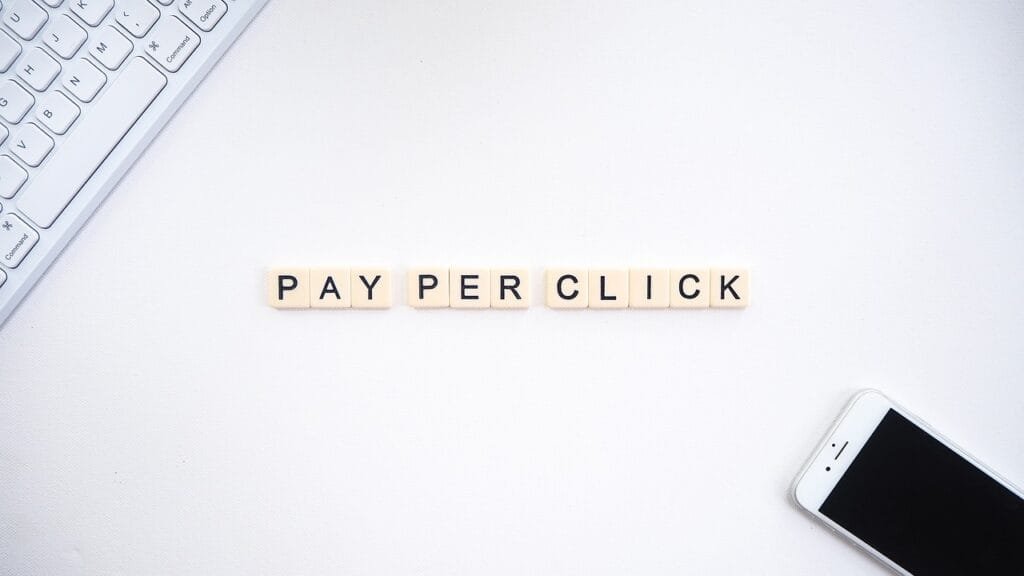What are Google Ads, and how can you use Them to promote your business?
In the fast-paced world of digital marketing, Google Ads stands out as a formidable tool that can propel your business to new heights. With the power to reach billions of users actively searching for products and services, Google Ads offers an unparalleled opportunity to boost your online visibility and drive targeted traffic.
What is Google Ads?
Google Ads (formerly known as Google AdWords) is an online advertising platform developed by Google, allowing businesses to display ads on Google’s search engine results pages (SERPs), YouTube, and across its vast display network. Advertisers bid on keywords relevant to their business, and their ads appear when users search for those keywords or visit related websites.
Why Use Google Ads?
- Immediate Visibility: Unlike organic search engine optimization (SEO), which can take time to yield results, Google Ads enables your business to gain instant visibility on SERPs.
- Targeted Audience Reach: With advanced targeting options, you can reach specific demographics, locations, and interests, ensuring your ads are seen by the right people at the right time.
- Flexible Budgeting: Google Ads operates on a pay-per-click (PPC) model, allowing you to set a budget that suits your business needs. You only pay when someone clicks on your ad.
How to Use Google Ads to Promote Your Business
1. Define Your Goals
Before diving into Google Ads, it’s crucial to establish clear objectives. Ask yourself:
- What do I want to achieve? Is it increased sales, lead generation, or brand awareness?
- Who is my target audience? Understanding your audience’s preferences and pain points will inform your ad strategy.
2. Conduct Keyword Research
Keywords are the cornerstone of Google Ads:
- Utilize Google Keyword Planner: This free tool helps you discover relevant keywords and phrases that your potential customers are searching for. Focus on keywords with high search volumes and low competition.
- Choose the Right Keywords: Opt for a mix of broad, phrase, and exact match keywords to balance reach and relevance. Long-tail keywords can also help capture specific searches and reduce competition.
3. Set Up Your Google Ads Account
Creating a Google Ads account is simple:
- Sign Up: Visit the Google Ads website and follow the prompts to set up your account. Provide basic information about your business and payment details.
- Create Your First Campaign: Choose a campaign type based on your goals—Search, Display, Video, Shopping, or App. For beginners, starting with a Search campaign is often the best choice.
4. Craft Compelling Ad Copy
Your ad copy is your chance to make a great first impression:
- Highlight Unique Selling Points (USPs): What sets your business apart? Whether it’s exceptional customer service, a unique product offering, or a special promotion, make sure your USPs are clear in your ad copy.
- Use Action-Oriented Language: Encourage users to take action with phrases like “Shop Now,” “Sign Up Today,” or “Get Your Free Quote.”
- Incorporate Relevant Keywords: Including your target keywords in your ad copy can improve its relevance and visibility on SERPs.
5. Design Targeted Landing Pages
Your landing page plays a critical role in converting clicks into customers:
- Ensure Relevance: The landing page should align with your ad’s message and provide a seamless experience. If your ad promotes a specific product, ensure that product is prominently featured on the landing page.
- Optimize for Conversions: Create a user-friendly design with clear navigation, compelling visuals, and prominent calls to action. Use testimonials and trust signals to build credibility.
6. Set Your Budget and Bidding Strategy
Establishing a budget is essential for managing your Google Ads campaign:
- Determine Your Daily Budget: Set a budget that reflects your goals and resources. Start small, and increase your budget as you gain confidence in your ads’ performance.
- Choose a Bidding Strategy: Depending on your objectives, select a bidding strategy. Manual bidding allows you to set your bids, while automated bidding optimizes bids based on performance metrics.
7. Monitor and Analyze Performance
Tracking your campaign’s performance is crucial for ongoing success:
- Use Google Ads Reporting: Regularly review key metrics such as click-through rate (CTR), conversion rate, and cost-per-click (CPC) to assess your ads’ effectiveness.
- A/B Testing: Experiment with different ad copies, keywords, and landing pages to determine what resonates best with your audience. Use A/B testing to refine your approach and improve results.
8. Optimize and Refine Your Campaigns
Continuous optimization is key to maximizing your success on Google Ads:
- Adjust Keywords and Bids: Based on performance data, adjust your keyword targeting and bids. Pause or remove underperforming keywords to focus on what works.
- Enhance Ad Quality: Regularly refresh your ad copy and visuals to keep your messaging relevant and engaging.
Conclusion
Google Ads offers an incredible opportunity to promote your business effectively and efficiently. By defining clear goals, conducting thorough keyword research, crafting compelling ad copy, and continuously monitoring performance, you can harness the full power of this dynamic advertising platform.
Embrace the potential to reach a broader audience, drive targeted traffic, and achieve your business objectives with Google Ads. The path to online success is just a click away!
